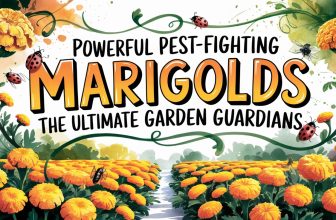Discover the Delightful Diversity of Flower Names that Start with D

Naming a flower can be a daunting task, especially when you’re looking for something unique. If you’re searching for a name that starts with the letter D, you’re in luck! There are plenty of gorgeous and interesting flowers that start with D to choose from. This article offers an overview of some of the most popular blooms beginning with D, including their scientific and common names as well as their characteristics.
Table of Contents
ToggleDaffodils
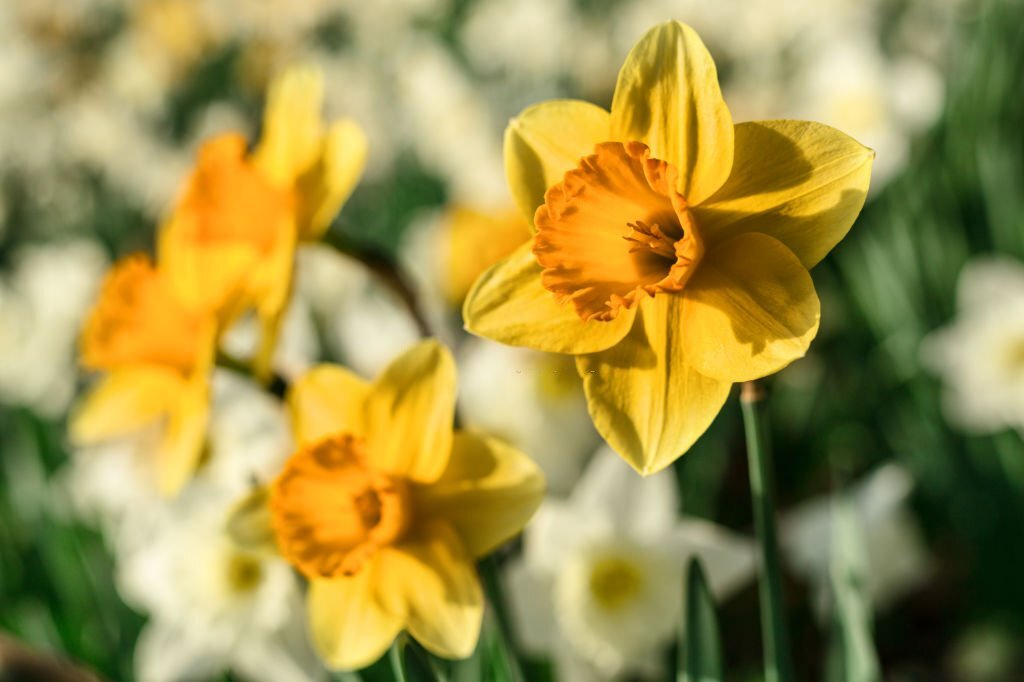
The daffodil is one of the most famous flower names that begin with the letter D. The trumpet-shaped blossoms of daffodils signal the arrival of spring and the waking of nature. They are one of the few plant species that can thrive in snow successfully; they bloom in early spring and late winter. Typically, daffodils are golden in color. However, there are also pink, green, orange, yellow, and white daffodil types. These plants can be cultivated in flower beds, borders, and rock gardens.
Dahlia
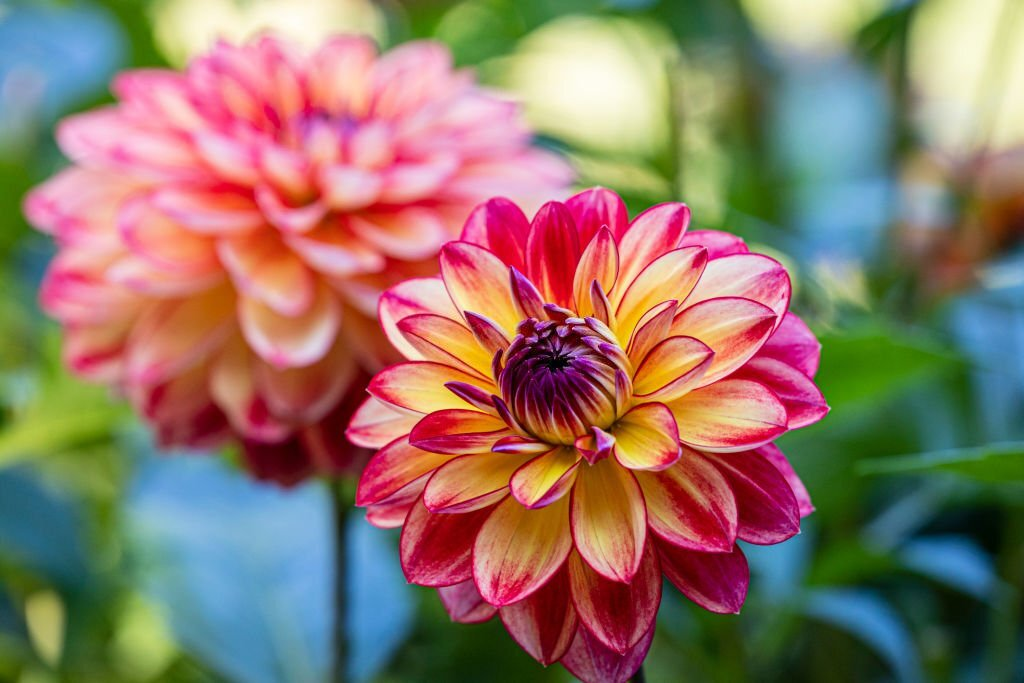
If you are seeking flower names that begin with the letter D, there are numerous alternatives available. The most popular flower is the bright Dahlia, which comes in a variety of sizes and shapes. With its strong petals and striking center, the dahlia can enhance the beauty of any garden or arrangement. Dahlias typically reach heights between 3 and 4 feet and are primarily found in Mexico, California, the United States, Africa, and Central America.
Dahlberg Daisy

Native to Texas and Mexico, the Dahlberg daisy (Thymophylla tenuiloba) grows up to ten inches tall and blooms from approximately June until the first frost. Dahlberg daisies are tolerant of dryness and appreciate full sun and adequate drainage.
These golden-yellow daisies with fluffy green foliage produce an aesthetically pleasing and fragrant groundcover. They bloom from late summer to fall and are also available in orange hues. Start them indoors so they will blossom sooner.
Dame’s Rocket
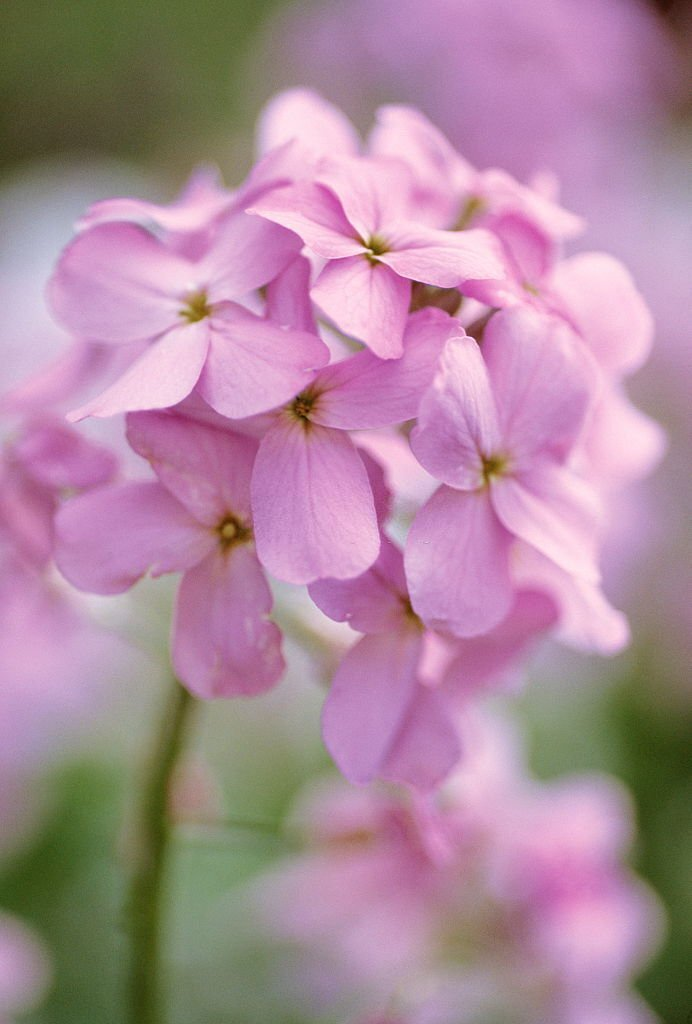
The fragrance of the Dame’s Rocket (Hesperis matronalis) makes it worth cultivating. This herbaceous plant also features beautiful, sturdy flowers. It blooms in early summer and late spring with terminal clusters of 4-petaled white, pink, or lavender flowers.
Daylily Hemerocallis
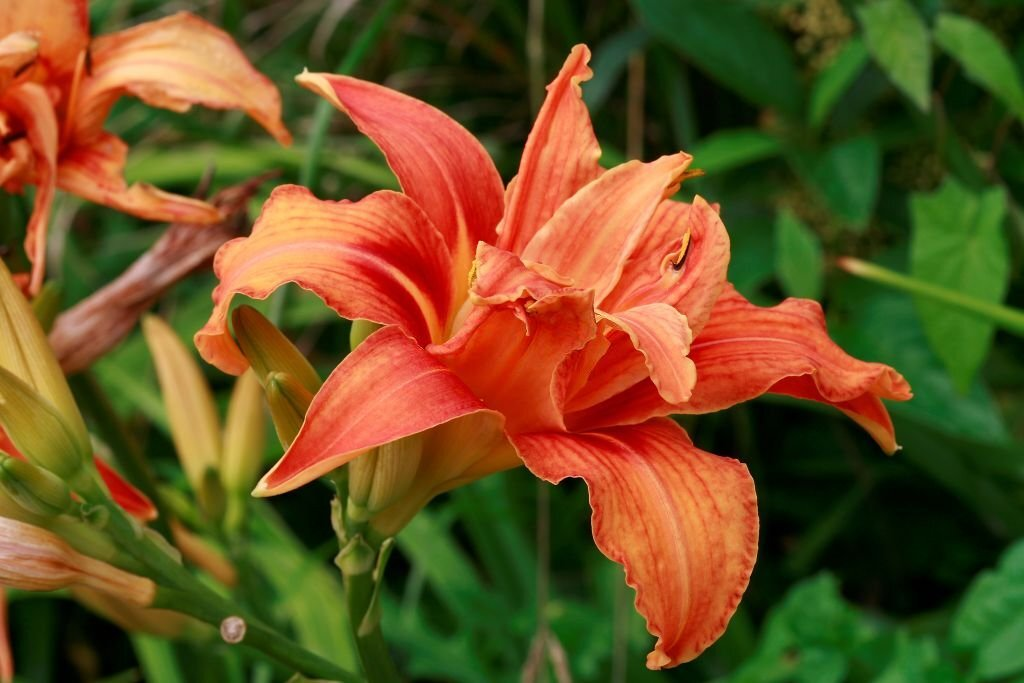
Daylilies (Hemerocallis spp.) occur in a wide range of colors, from bright orange to deep purple, and can be grown in a variety of climates. They thrive in well-drained soil and require a lot of sunlight to blossom during the summer. Depending on growing conditions, these low-maintenance plants have blooms that can endure for three weeks or more. Daylilies are popular among gardeners because of their evergreen foliage, which provides a lovely backdrop even when not in bloom.
Delosperma Nubigenum Type
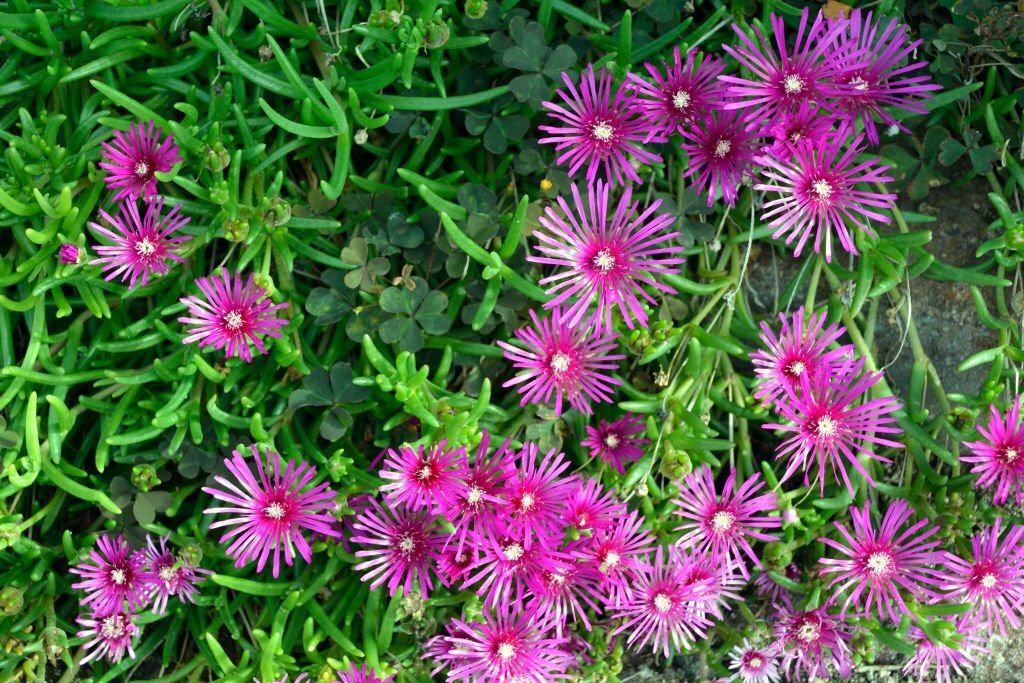
If you’re looking for a flower that starts with the letter D, Delosperma nubigenum might be just what you need. Delosperma nubigenum is a perennial succulent native to South Africa and Namibia. Known commonly as ‘yellow ice plant’ or ‘trailing daisy,’ its name translates literally into “mountain born.” The hardy flowers bloom yellow petals with red centers in the spring and summer months and thrive in sunny, dry environments. Careful attention should be taken when planting it as it is prone to root rot if overwatered.
Delphinium
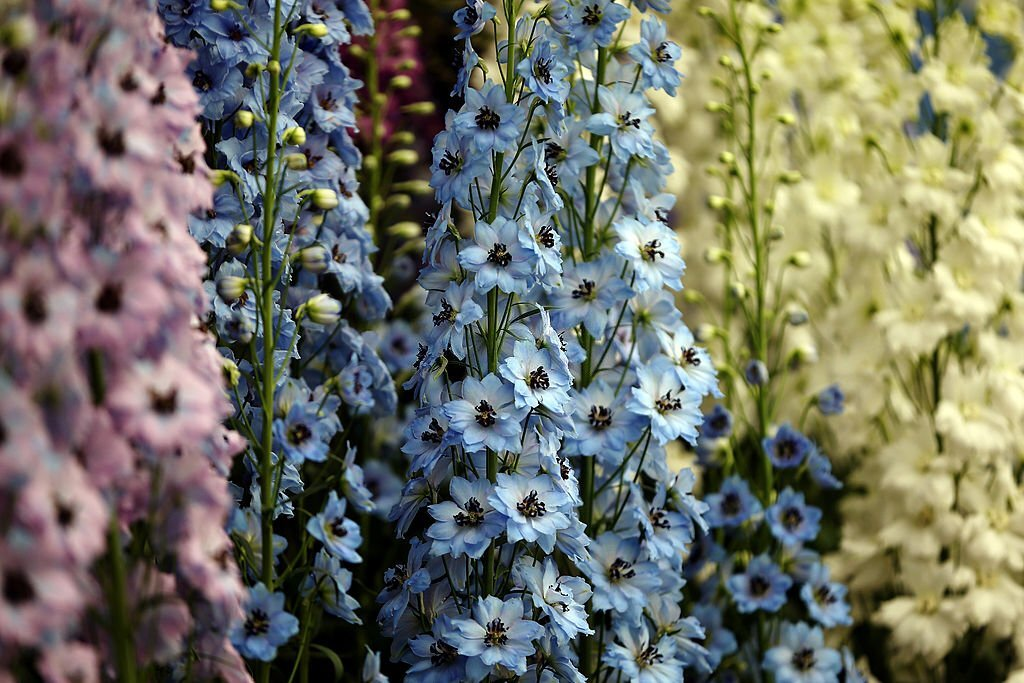
Beautiful and resilient, Delphiniums come in a wide range of colors, though the most common are shades of blue-purple and white. In early June, Delphiniums add a dramatic touch to the garden with their tall spikes of clustered blossoms. This perennial herb can reach a height of six feet.
Desert Marigold
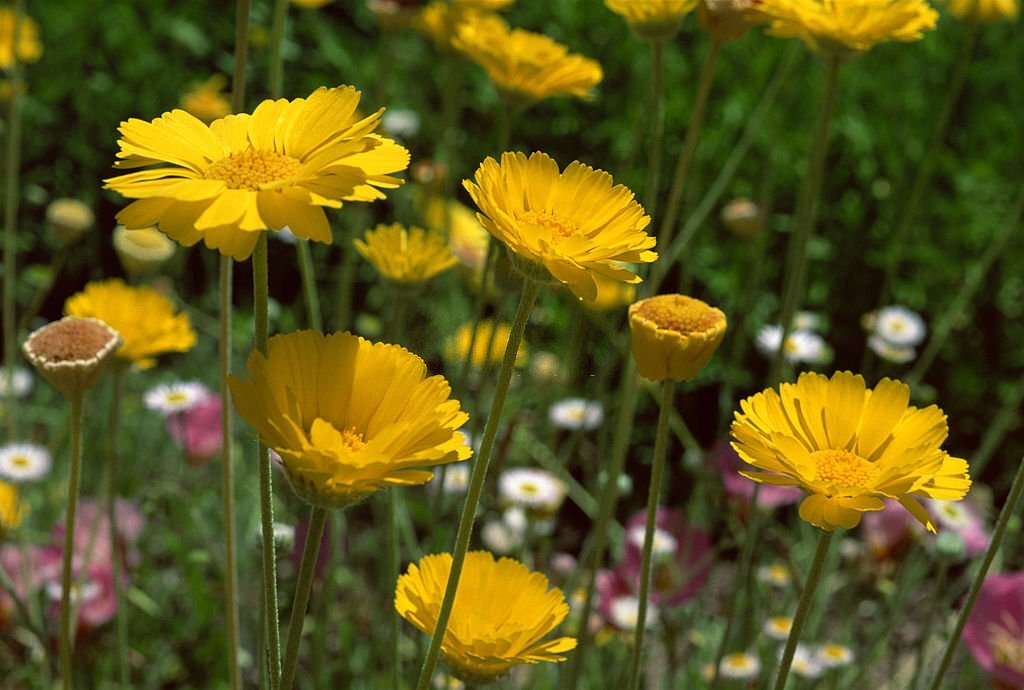
The Desert marigold (Baileya multiradiata), which is native to the Southwest desert, blooms from early spring till summertime and has bright yellow flowers. Desert marigold can grow up to three feet tall and has a rather floppy form. It thrives in full sun and fast-draining soil because that is how it lives in the wild. Desert marigolds are ideal for rock gardens and xeriscaping since they can withstand drought and require little maintenance.
Desert Rose
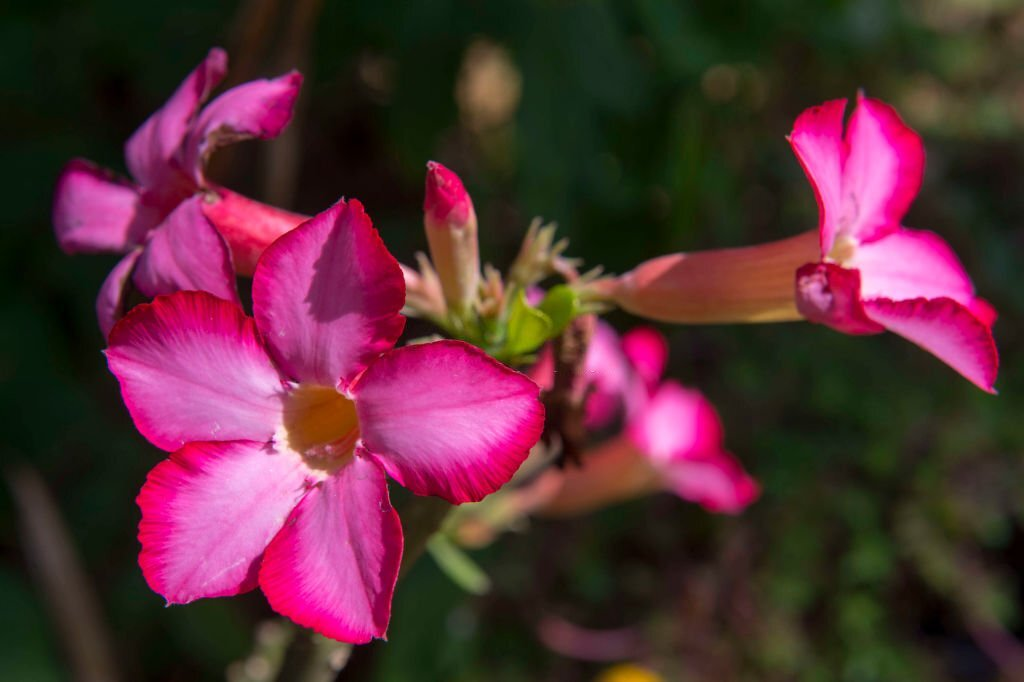
Flowers that start with d are plentiful, but one of the most popular is the Desert rose. Native to arid regions of North Africa and the Middle East, this unique-looking flower blooms in shades of peach, pink and red. The Desert rose has petals that resemble crinkled tissue paper, giving it an exotic appearance. These showy flowers are also known by their scientific name Adenium obesum and their common nickname, “pregnant onion.”
The Desert roses are not only attractive but hardy too, needing little water or maintenance once established. Its thick succulent stems store water for times of drought, making it well suited for xeriscaping applications. In warmer climates, Desert roses can be cultivated outdoors all year long. However, to thrive outside, this tropical cactus plant likes filtered sunshine or partial shade in the winter.
Devil’s Trumpet

Devil’s Trumpet is widely grown as an ornamental species for its showy blooms. The chalky white flowers stand out against the dark green foliage.
Dew Flower
Spring through summer, these brilliant orangey-red flowers with white centers grow up to 2 feet tall, surrounding mushy, succulent leaves. Dew flowers come in red and yellow variations and thrive in soil amended with perlite or horticultural grit.
In mid-spring, the Dew flower blooms with spikes of purple, pink, or white flowers. It thrives in full sun and well-drained soil and is ideal for sunny borders, rock gardens, and wildflower gardens. It is native to the plains and the southwestern United States.
Dianella
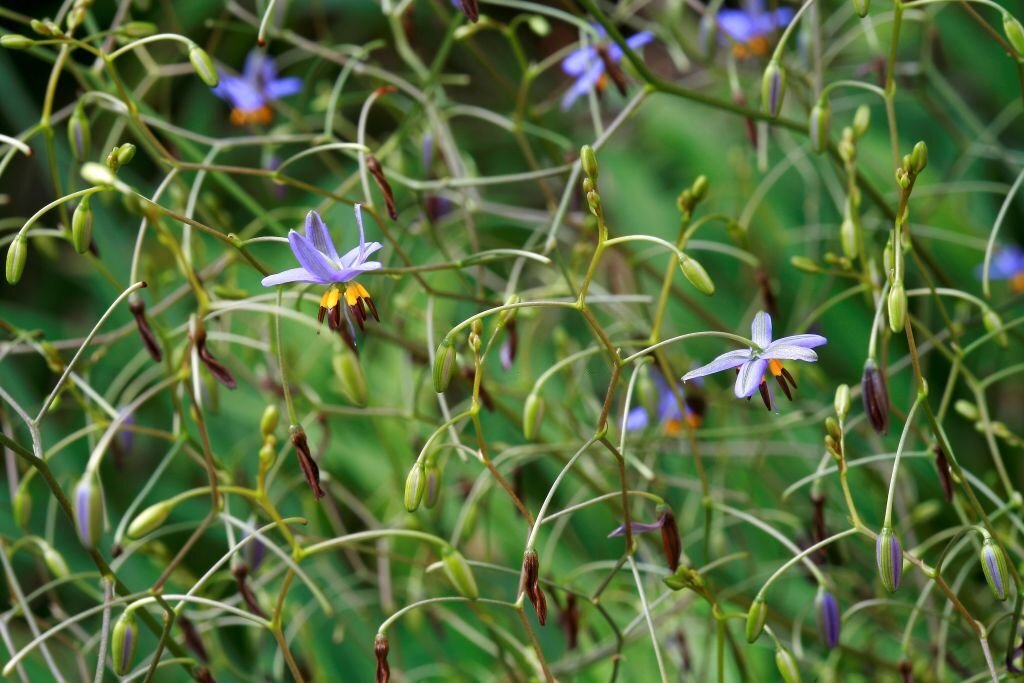
Dianella has bright yellow flowers that bloom all year. This flower is available in blue, purple, pink, and white. Dianella is a popular ground cover plant because of its dense foliage, which offers good coverage for other plants such as cacti and succulents. They’re also frequently used to entice butterflies into the garden.
Dianthus Flowers
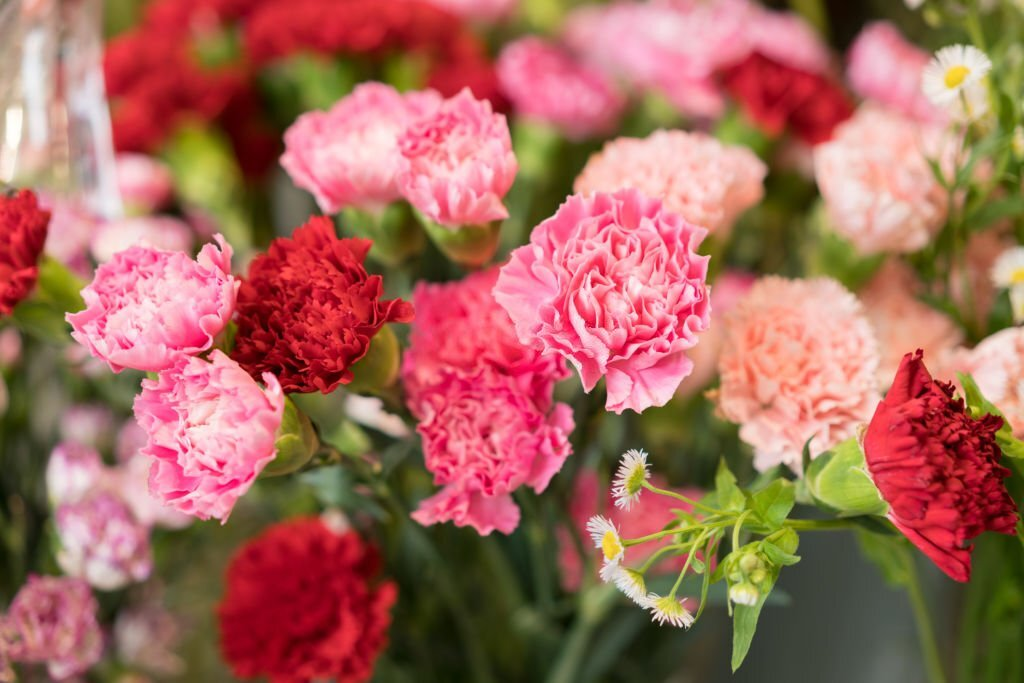
Dianthus is a genus of over 300 species in the Caryophyllaceae family. They are a common ornamental garden plant that comes in a variety of hues. Dianthus flowers have star-shaped white blooms with pink flecks and fringed petals. These bloom from spring to fall, growing to 3 feet tall, and are available in deep pink, purple, and red hues. These prefer full sun and soil that is somewhat alkaline.
Diascia

One of the most popular flowers with a name beginning with D is Diascia, also known as Twinspur. This flower is native to Southern Africa, but it has become quite popular in gardens all over the world due to its unique and beautiful star-shaped blossoms, which can be found in colors ranging from white to pink and red. When planted in full sun, Diascia will bloom nonstop throughout the summer months, offering a plethora of color and beauty to any outdoor space.
Flowers with five petals in coral, pink, white, and orange on blue-green foliage create a superb ground cover for well-drained gardens. Its compact size makes it perfect for edging borders or pathways in beds or containers. Diascia thrives best when planted in well-drained soil and should be watered regularly for optimal growth and blooming potential.
Drumstick Flower

Bright yellow or purple, one-inch globes perched on three-foot stems make drumstick flowers an eye-catching addition to any flower garden. They can also be used as long-lasting cut flowers or in dried bouquets.
Dutch Iris
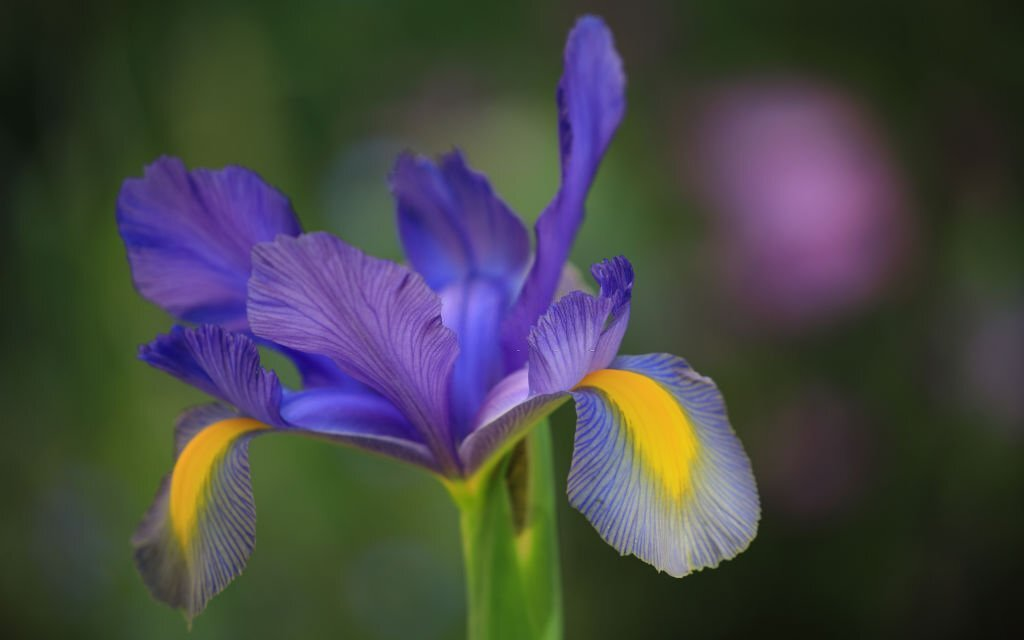
Flower names are abundant, but there are some that start with the letter D. Dutch iris is one of these flowers and it’s a favorite for those who love to admire its beauty. The Dutch iris has unique characteristics, including funnel-shaped blooms, three petals and three sepals that make it stand out from other flowers. This flower is available in various colors, such as purple, blue and yellow, so you can create stunning floral displays with them.
The Dutch iris is a long-lasting flower that adds depth to any garden or arrangement. They bloom in late spring and have a subtle sweet fragrance that will fill your home or garden with an inviting aroma. Not only do they look beautiful, but they also attract plenty of bees which helps pollinate other plants in the area.
Dutchman’s Pipe
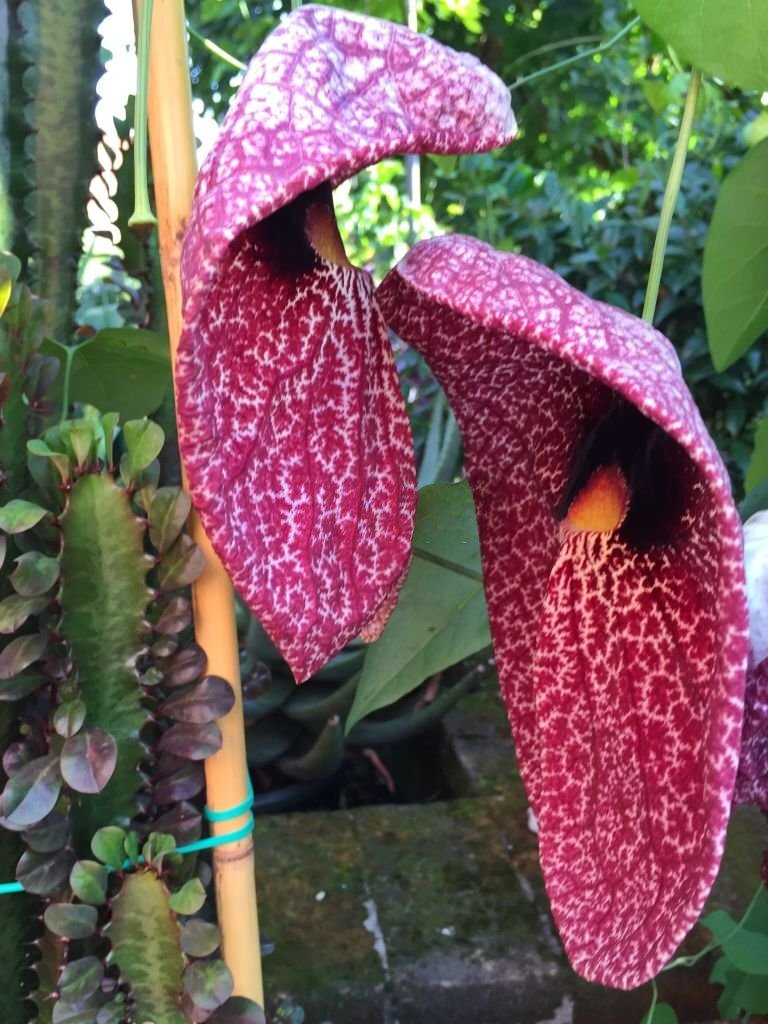
Dutchman’s pipe is a hardy plant that does well in sunny spots with moist soil. It can even thrive in partial shade, making it an excellent choice for smaller gardens where space may be limited. However, once the flowers bloom they will require regular deadheading to prevent seed dispersal and keep them looking their best.
Dutchman’s Breeches
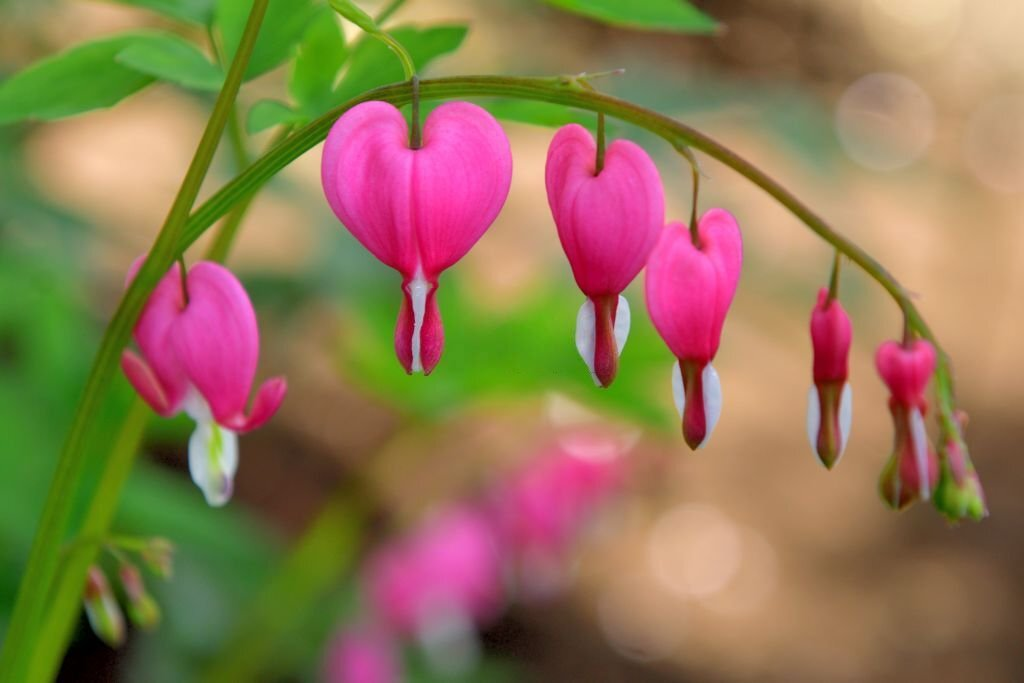
Dutchman’s Breeches grow 6 to 12 inches tall and feature white blossoms shaped like upturned pantaloons. These thrive in late spring, with some types having a pinkish-purple hue. For best results, plant Dutchman’s Breeches in humus soil under dappled shade.
Dutchman’s Breeches (Dicentra cucullaria) is an elegant and easily identified spring wildflower found on gorges, ledges, valleys, rock forests, slopes, forest floors, and streams across most of the United States. Dutchman breeches will bloom all over an area if conditions are right, creating a stunning visual effect that has made them popular among gardeners who appreciate their beauty and hardiness.
Dwarf Crested Iris
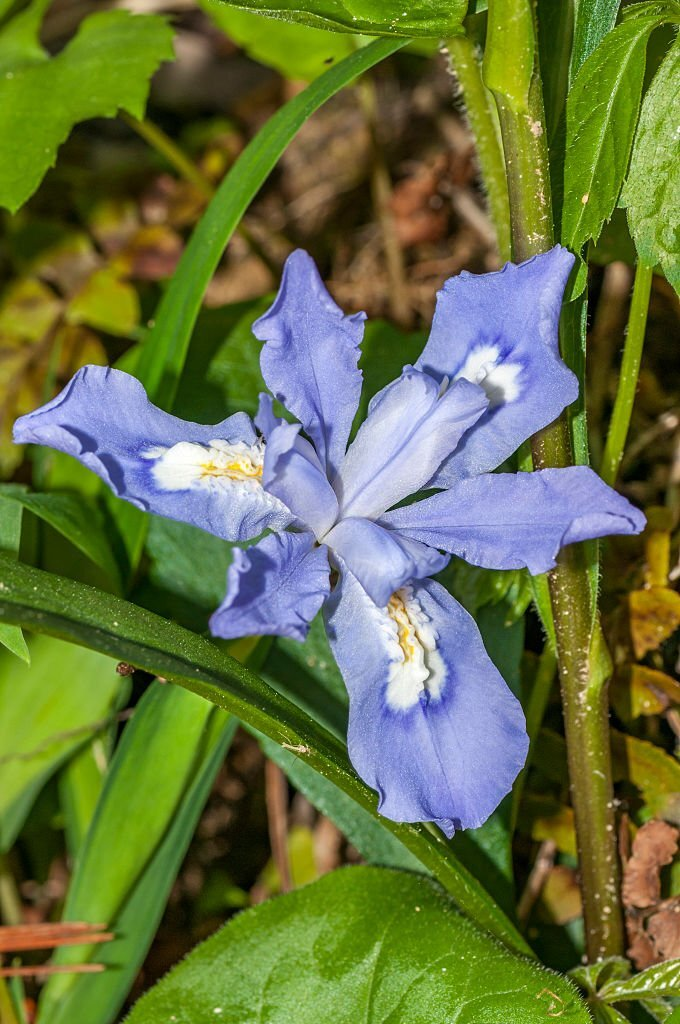
The Dwarf Crested Iris is a kind of iris that grows to a height of approximately three feet. It can grow in partially shady places and prefers organically rich soil. In eastern North America, dwarf irises are usually found among or under pine trees. They produce a purple flower during the spring, often in April in the Northern Hemisphere, when they blossom.
Dyer’s Chamomile
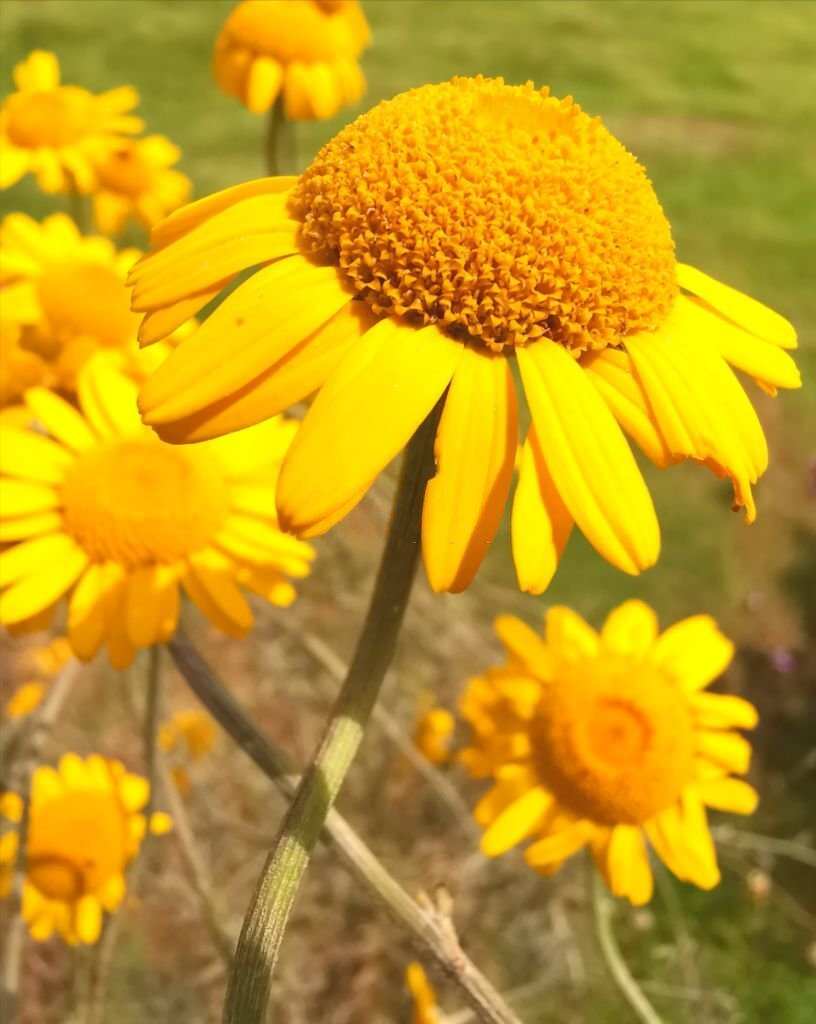
This bushy plant grows 2 to 3 feet tall and produces golden-yellow cone-shaped blooms in late summer. Dyer’s chamomile is also available in lemon-yellow and cream types, and it grows best in slightly alkaline soil in full sun.
Dichondra

Dichondra is a small creeping plant with delicate foliage and bright green leaves which belongs to Morning Glory Family. Dichondra is native to many tropical areas around the world, including Central America and parts of Southeast Asia. This hardy plant has been used for centuries as ground cover in gardens due to its high tolerance for hot conditions. It grows in dense clumps up to 8 inches tall and blooms small white flowers during certain times of the year.
FAQ
✅What is the prettiest flower name beginning with D?
The prettiest flower name beginning with D is Dahlia. Dahlias come in a variety of shapes, sizes and colors ranging from pastel pinks to bright reds and oranges. It's no wonder why they have been a popular choice for gardeners, florists and brides alike! This lovely flower is not only a sight to behold but also has some interesting history behind it.
✅What is the rarest flower name beginning with D?
The rarest flower name beginning with D is the Dierama Angel's Fishing Rod. This fascinating flower is native to South Africa and grows in wet areas near rivers, lakes, and ponds. It is a member of the Iris family and blooms from July through September with tall flowers reaching up to five feet in height. The Dierama Angel's Fishing Rod has delicate bell-shaped flowers that feature white petals tipped in pink or purple.
Disclaimer: GardeningNorm is a participant in the Amazon Services LLC Associates Program and may receive a commission if you purchase a product via a link on this page.. However, this does not impact our reviews.Read the full disclosure here.


